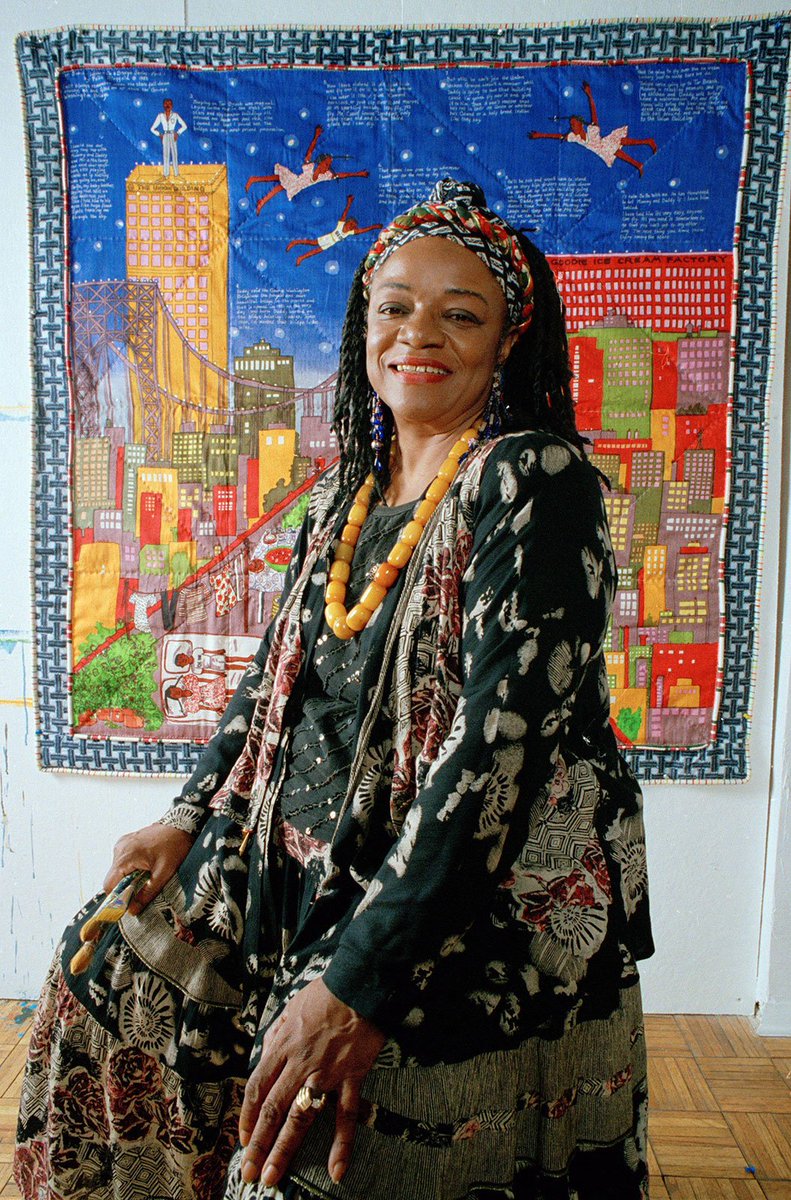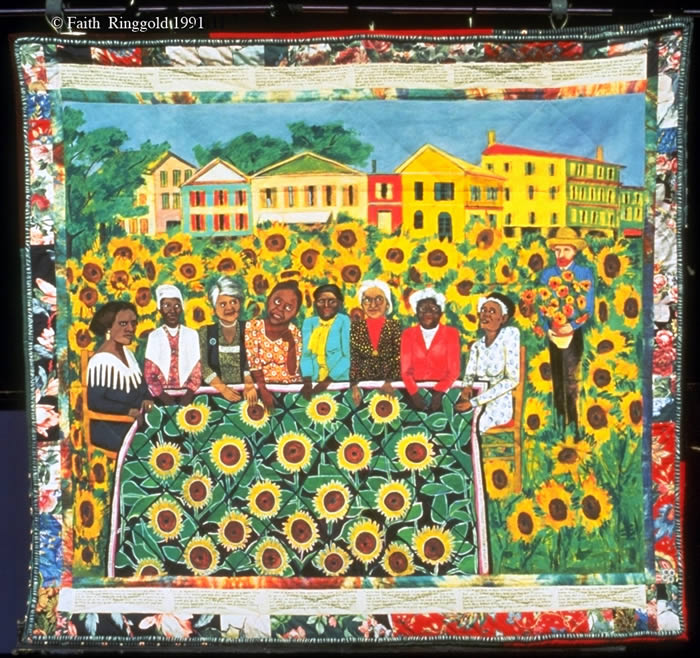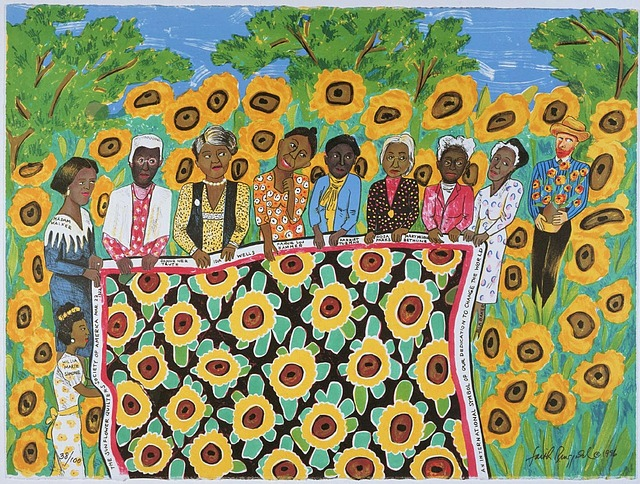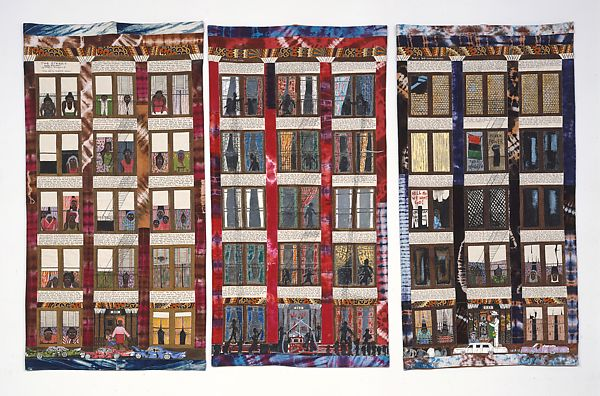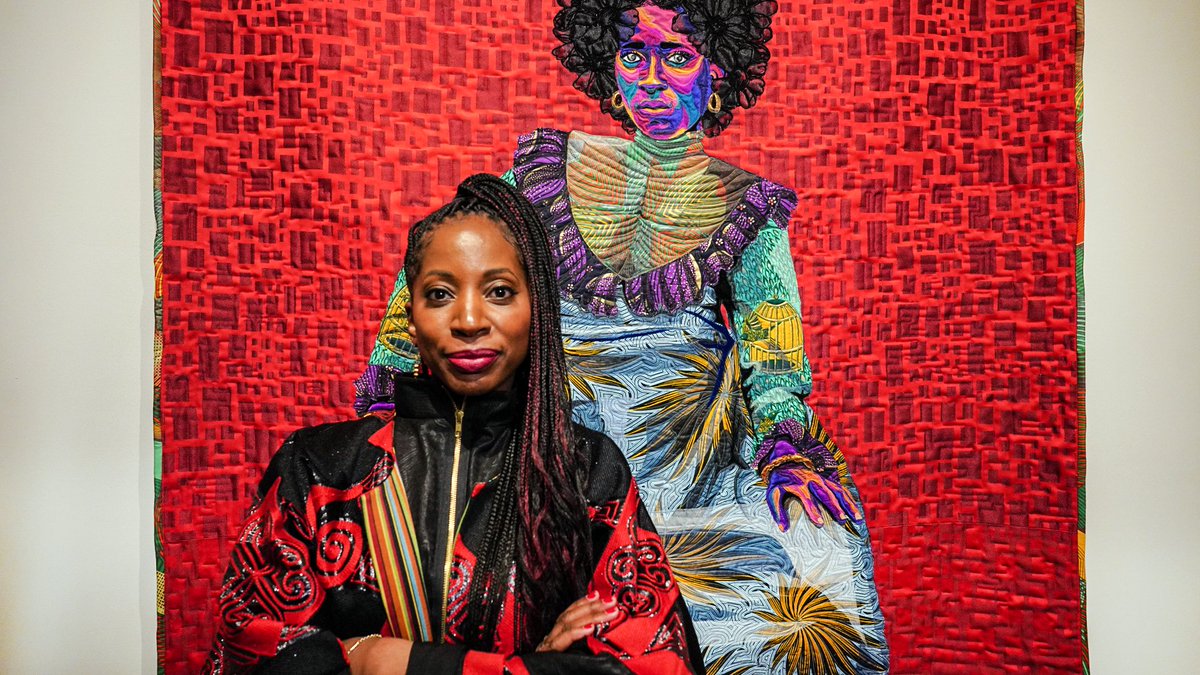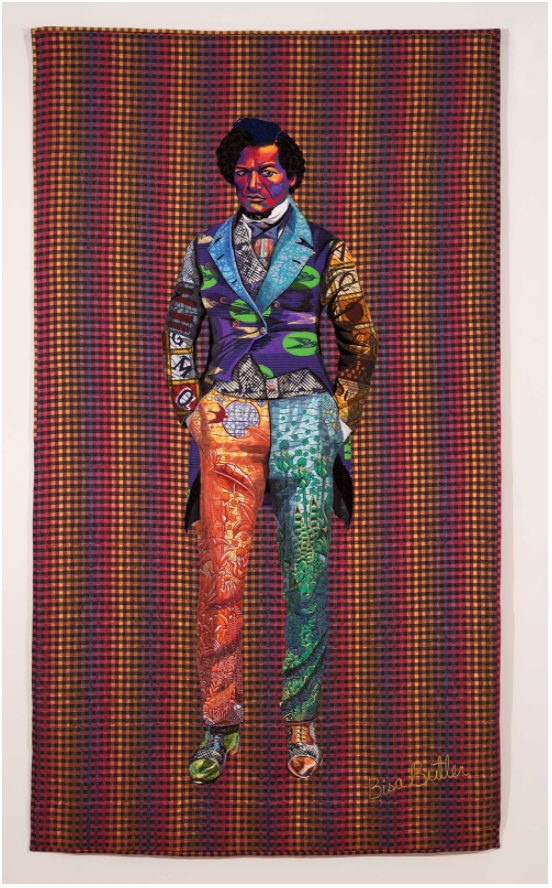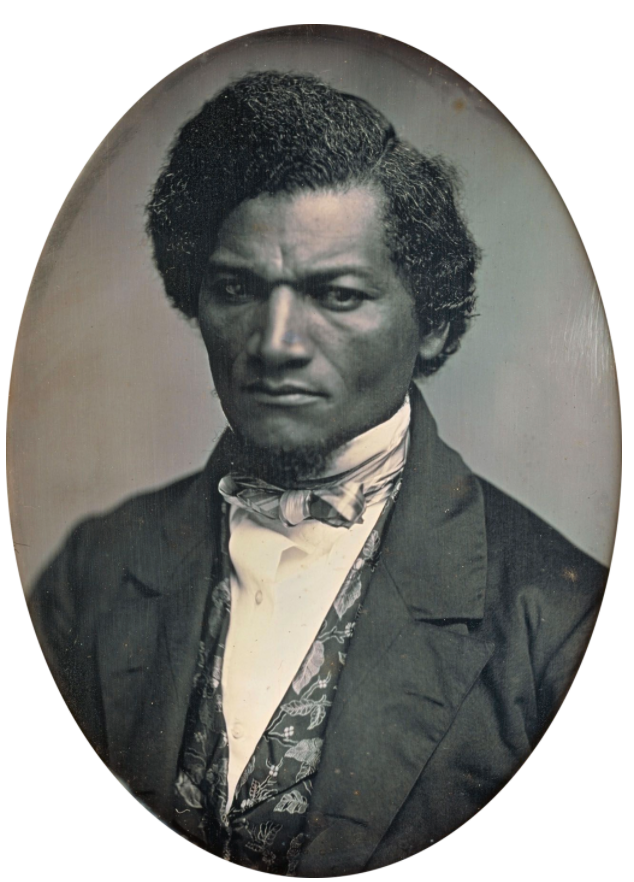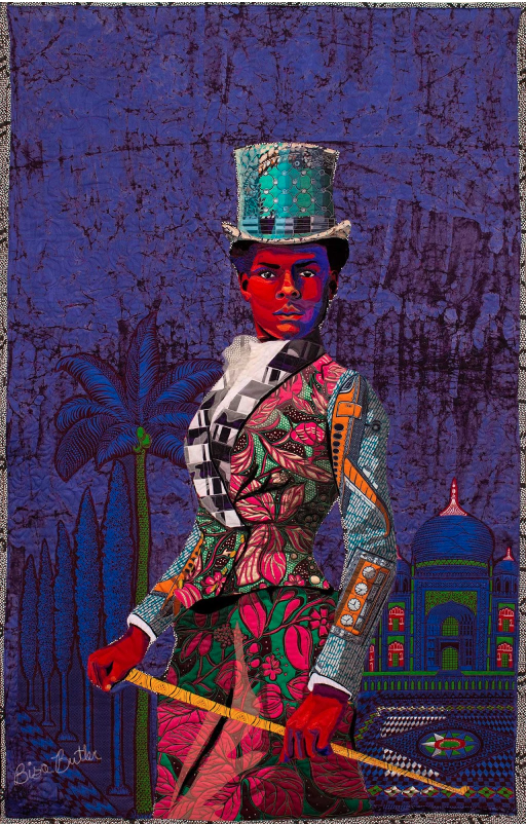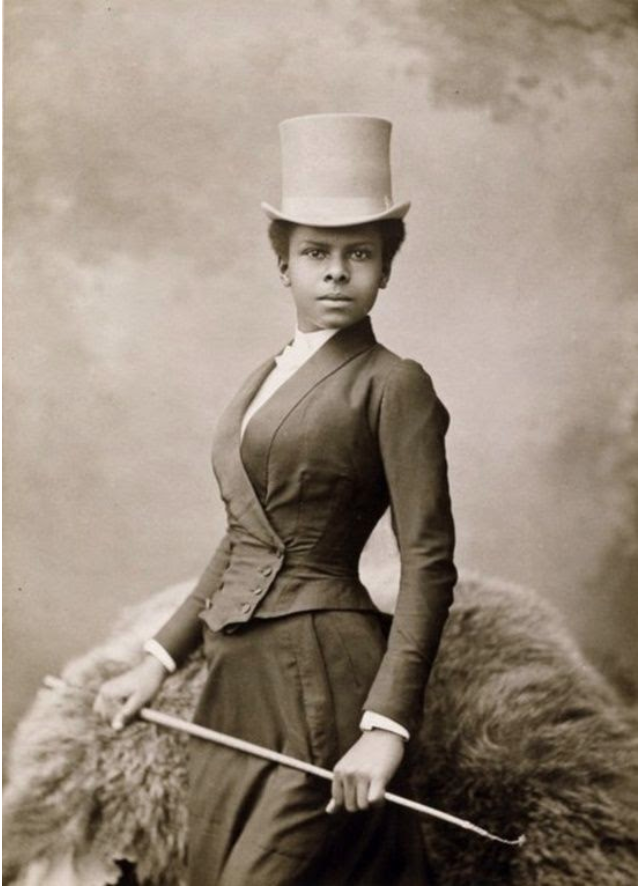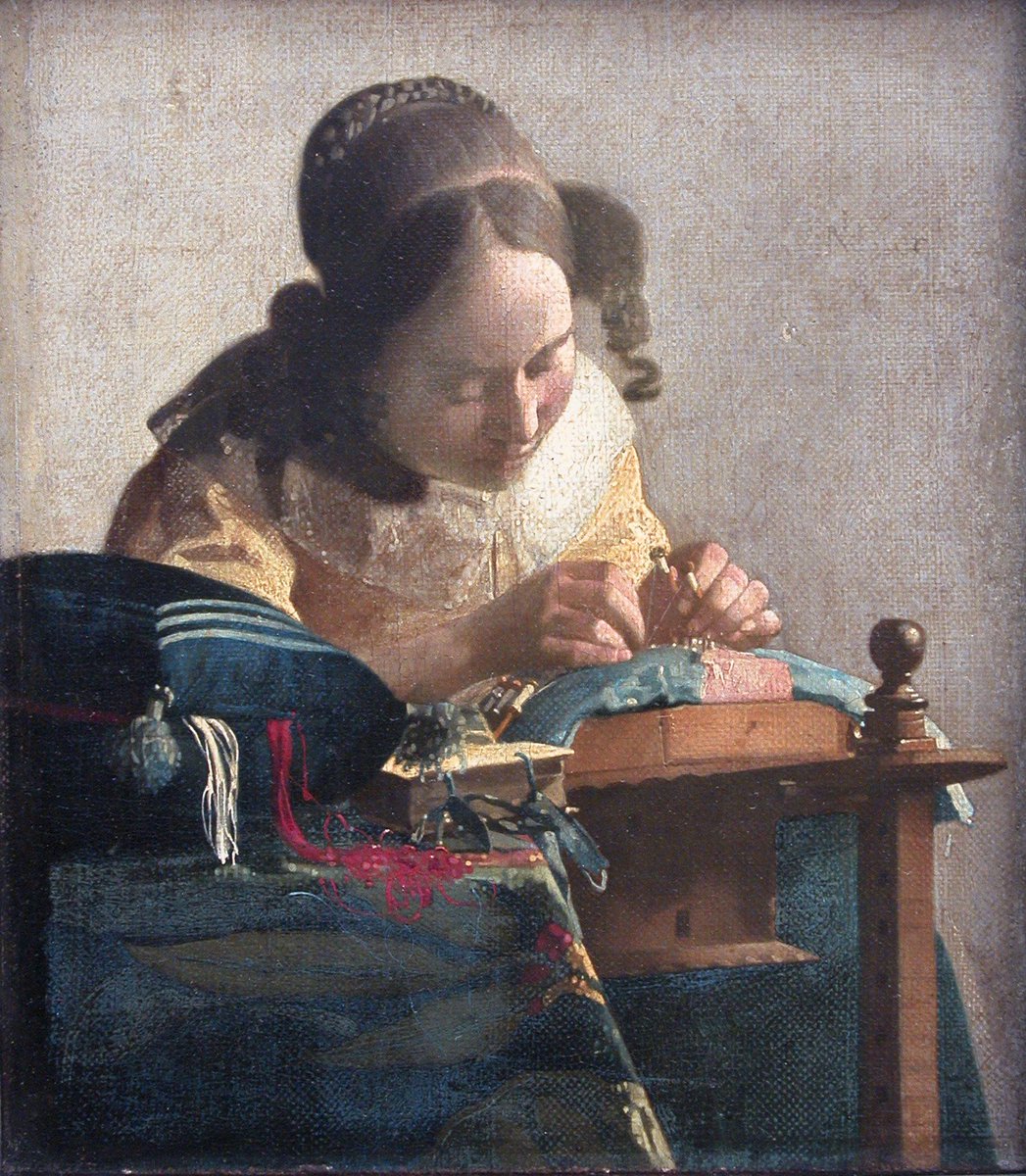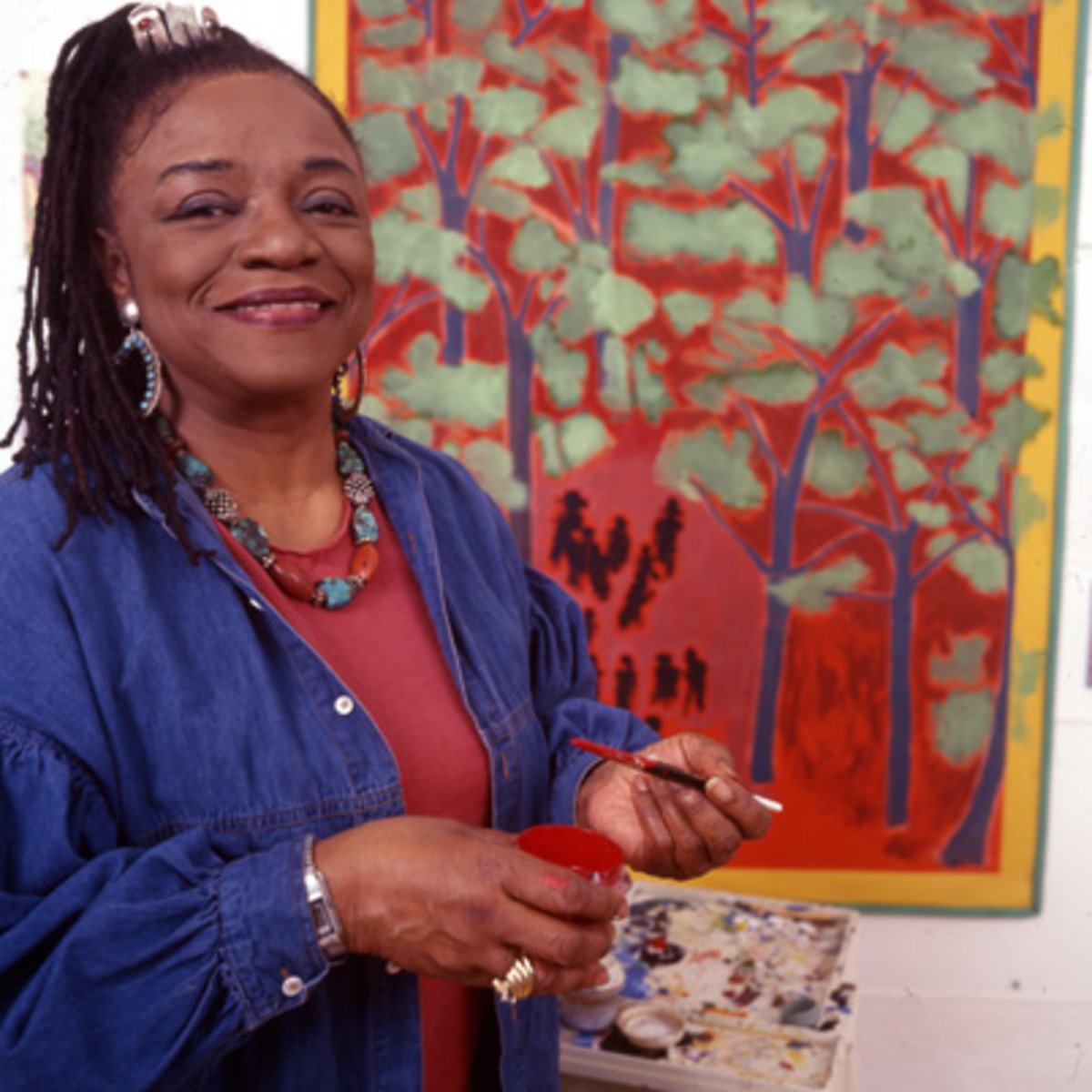Hello world! It& #39;s our last day of @MuseumBuddy  https://abs.twimg.com/emoji/v2/... draggable="false" alt="😭" title="Laut schreiendes Gesicht" aria-label="Emoji: Laut schreiendes Gesicht"> But we& #39;re going out with a bang! Today we& #39;re looking at two current artists who combine print and textile (as well as photography, painting, and sculpture). We& #39;re looking at Faith Ringgold and Bisa Butler!! (1/17)
https://abs.twimg.com/emoji/v2/... draggable="false" alt="😭" title="Laut schreiendes Gesicht" aria-label="Emoji: Laut schreiendes Gesicht"> But we& #39;re going out with a bang! Today we& #39;re looking at two current artists who combine print and textile (as well as photography, painting, and sculpture). We& #39;re looking at Faith Ringgold and Bisa Butler!! (1/17)
Faith Ringgold is one of the first artists @sarah_____j and I talked about -- we both really love her work and feel that she sits at the intersection of our interests. Ringgold (1930-) is a painter, writer, and sculpture best known for her narrative quilts (2/17)
My favourite quilts by Ringgold are "The Sunflower Quilting Bee at Arles" (1996)and "Street Story Quilt" (1985, at @metmuseum). The first depicts famous Black women, including Madam C.J. Walker, Sojourner Truth, Ida Wells, Harriet Tubman, Rosa Parks, and others (3/17)
These women sit in a field in Arles, stitching a sunflower quilt. Behind them is Vincent Van Gogh, holding the sunflowers he painted so often. The women stitch collectively, sharing their stories and accomplishments, while Van Gogh represents the solitary male painter (4/17)
I love this painting not only because it celebrates Black women and shows Van Gogh offering his sunflowers in respect and admiration to these legendary ladies, but also because it shows the community that is created through needlework, something very close to my heart (5/17)
The Arles quilt is relevant to @sarah_____j& #39;s interests, too, because Ringgold also did a slightly different printed version, now at @philamuseum. Ringgold makes her work political and celebratory while also exploring the intersection of print and textile (6/17)
"Street Story Quilt," shows one Harlem building over the course of decades. It& #39;s accompanied by a story of redemption. With her story quilts, Ringgold combined race and feminist issues with narratives to comment on cultural and personal histories (7/17)
Ringgold and Butler use quilting, often associated with Black women, to critique, comment on, and celebrate their ancestry and to bridge Black history with Black lives now. Both artists use their art for activism, which we LOVE to see (8/17)
Their work shows that it& #39;s never been just white women printing, stitching, and painting. Butler writes, "While we have been right beside our white counterparts experiencing and creating history, our contributions and perspectives have been ignored, unrecorded, and lost" (9/17)
Bisa Butler transforms historic photographs of Black individuals into quilts with vibrant fabrics. I think she& #39;s my favourite artist alive today. Here& #39;s "The Storm, The Whirlwind, and the Earthquake" (2020) in comparison to the original photograph of Frederick Douglass (10/17)
And here& #39;s "The Equestrian" (2019) compared to an original photo of Selika Lazevski. Butler takes these old photographs and rejuvenates them using striking, vibrant colours. She brings history to new life using an old art form, quilting (11/17)
While the Stehli designers in the 1920s depicted American life then, Ringgold and Butler depict the good and bad parts of American life now, with both its rich vibrancy and its systemic racism. They weave together literal fabric and the fabric of American life (12/17)
It wasn& #39;t our goal to have the latter half of the week focus on American women (it just worked out that way), but it& #39;s interesting to note that both of us are American women in England. Over the course of this week we& #39;ve flown across the Atlantic and over 500 years (13/17)
What we& #39;ve seen this week is that across the centuries, no matter how much things change, that desire and need to work with one’s hands remains. These women printmakers and painters and textile designers bridged art and craft, proving what we already know.... (14/17)
...that that antiquated hierarchy of the arts, that supposed distinction of art and craft and that association of "art" with men and "craft" with women, is limiting and pointless and was a way to dismiss women’s artmaking as lesser (15/17)
These women, from Parasole to Kauffman to Dryden to Butler, prove that art and craft work in tandem and are the better for it. The point of intersection between print and textile is magic. And @sarah_____j and I are so lucky we& #39;ve gotten to explore that (16/17)
Thank you to @sarah_____j for the collaboration and @MuseumBuddy for this opportunity! I feel so motivated and inspired. This week has been such a fun treat. Thanks for following along! (17/17)

 Read on Twitter
Read on Twitter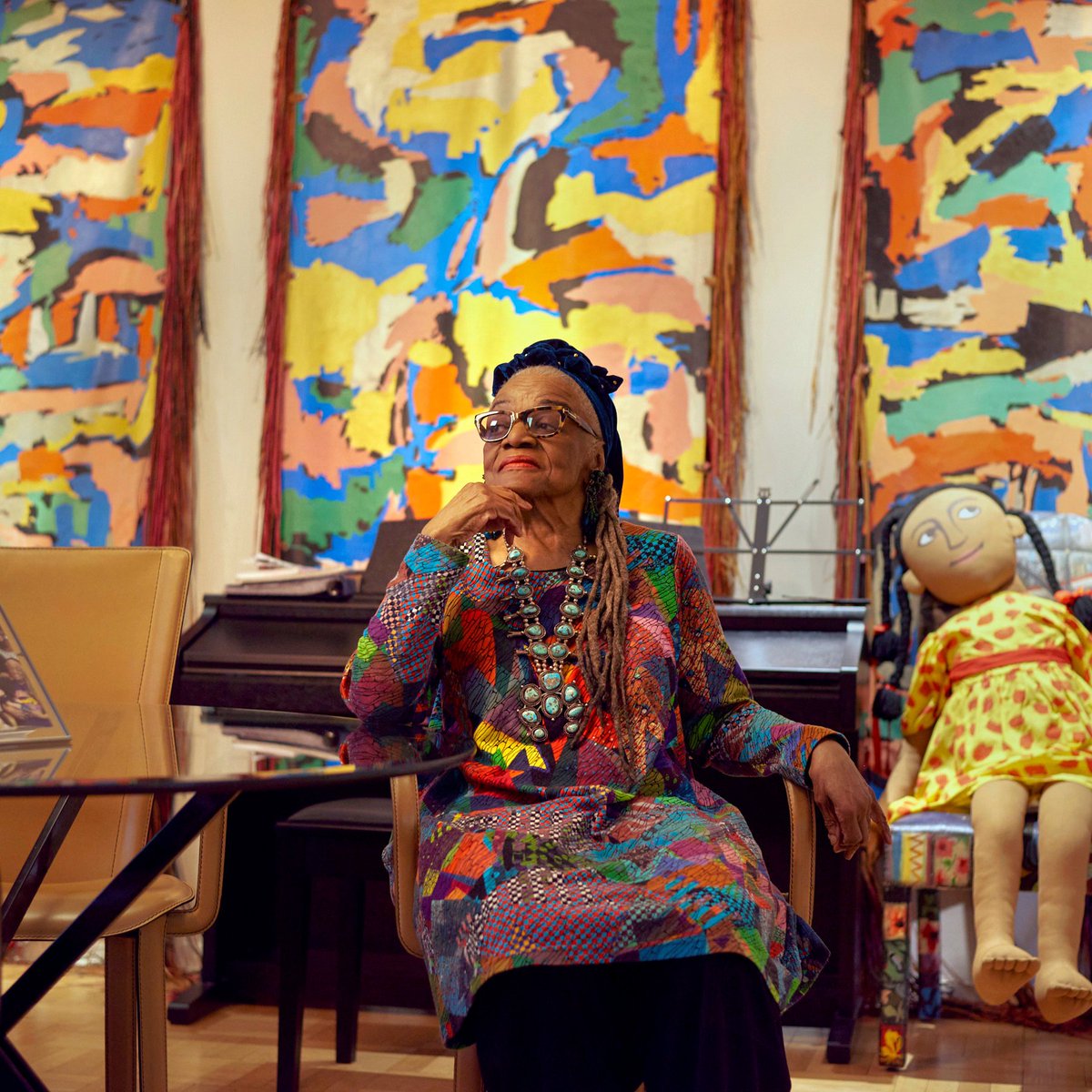 But we& #39;re going out with a bang! Today we& #39;re looking at two current artists who combine print and textile (as well as photography, painting, and sculpture). We& #39;re looking at Faith Ringgold and Bisa Butler!! (1/17)" title="Hello world! It& #39;s our last day of @MuseumBuddy https://abs.twimg.com/emoji/v2/... draggable="false" alt="😭" title="Laut schreiendes Gesicht" aria-label="Emoji: Laut schreiendes Gesicht"> But we& #39;re going out with a bang! Today we& #39;re looking at two current artists who combine print and textile (as well as photography, painting, and sculpture). We& #39;re looking at Faith Ringgold and Bisa Butler!! (1/17)">
But we& #39;re going out with a bang! Today we& #39;re looking at two current artists who combine print and textile (as well as photography, painting, and sculpture). We& #39;re looking at Faith Ringgold and Bisa Butler!! (1/17)" title="Hello world! It& #39;s our last day of @MuseumBuddy https://abs.twimg.com/emoji/v2/... draggable="false" alt="😭" title="Laut schreiendes Gesicht" aria-label="Emoji: Laut schreiendes Gesicht"> But we& #39;re going out with a bang! Today we& #39;re looking at two current artists who combine print and textile (as well as photography, painting, and sculpture). We& #39;re looking at Faith Ringgold and Bisa Butler!! (1/17)">
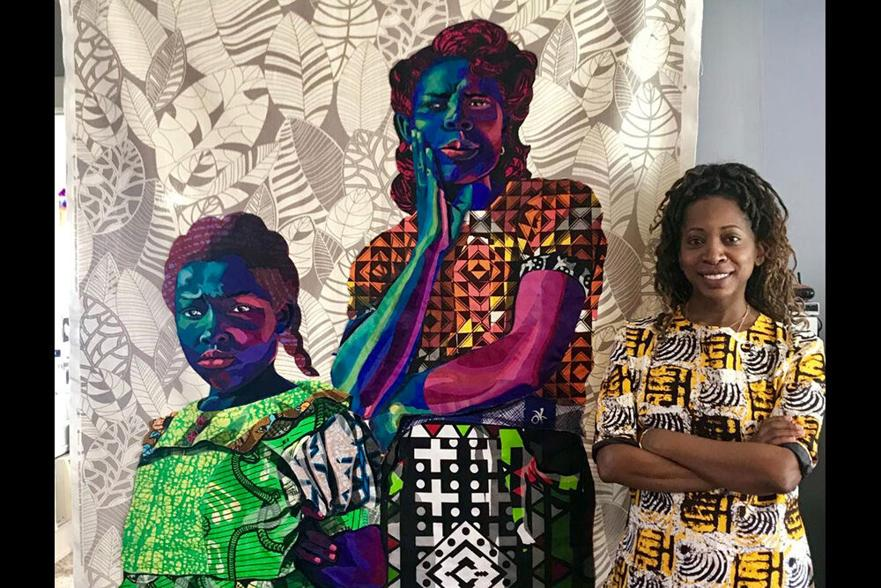 But we& #39;re going out with a bang! Today we& #39;re looking at two current artists who combine print and textile (as well as photography, painting, and sculpture). We& #39;re looking at Faith Ringgold and Bisa Butler!! (1/17)" title="Hello world! It& #39;s our last day of @MuseumBuddy https://abs.twimg.com/emoji/v2/... draggable="false" alt="😭" title="Laut schreiendes Gesicht" aria-label="Emoji: Laut schreiendes Gesicht"> But we& #39;re going out with a bang! Today we& #39;re looking at two current artists who combine print and textile (as well as photography, painting, and sculpture). We& #39;re looking at Faith Ringgold and Bisa Butler!! (1/17)">
But we& #39;re going out with a bang! Today we& #39;re looking at two current artists who combine print and textile (as well as photography, painting, and sculpture). We& #39;re looking at Faith Ringgold and Bisa Butler!! (1/17)" title="Hello world! It& #39;s our last day of @MuseumBuddy https://abs.twimg.com/emoji/v2/... draggable="false" alt="😭" title="Laut schreiendes Gesicht" aria-label="Emoji: Laut schreiendes Gesicht"> But we& #39;re going out with a bang! Today we& #39;re looking at two current artists who combine print and textile (as well as photography, painting, and sculpture). We& #39;re looking at Faith Ringgold and Bisa Butler!! (1/17)">
